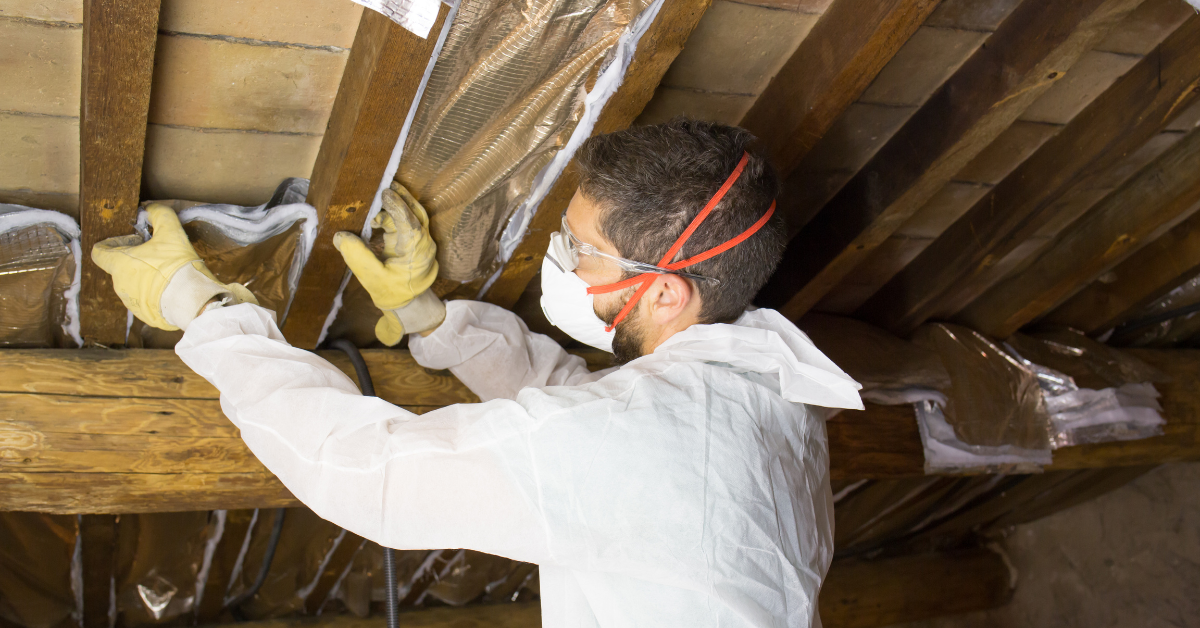Creative Corner
Explore a world of arts and crafts inspiration.
Insulate Your Way to Cozy Comfort
Transform your home into a cozy sanctuary! Discover simple insulation tips that boost comfort and save money this winter.
Top 5 Benefits of Insulating Your Home for Year-Round Comfort
Insulating your home is one of the most effective ways to create a comfortable living environment throughout the year. Firstly, proper insulation reduces energy consumption by keeping your home warmer in the winter and cooler in the summer. This not only translates to lower energy bills but also contributes to environmental sustainability as less energy used means a smaller carbon footprint. According to the U.S. Department of Energy, a well-insulated home can save you up to 20% on heating and cooling costs.
Secondly, insulating your home improves indoor air quality by minimizing drafts and preventing moisture build-up, which can lead to mold growth. By maintaining a more stable temperature and reducing humidity levels, your living space becomes healthier, making it especially beneficial for allergy sufferers. Additionally, insulated homes provide better soundproofing, ensuring that external noise levels are kept to a minimum. This is particularly valuable in urban settings, where noise pollution can be a significant issue. For more details on the benefits of home insulation, check out this comprehensive article from ENERGY STAR.

How to Choose the Right Insulation Material for Your Needs
Choosing the right insulation material for your needs is crucial for improving energy efficiency and comfort in your space. There are various options available, including fiberglass, foam board, and spray foam. Each type has its specific characteristics, such as R-value, cost, and ease of installation, that can greatly influence your decision. To make the best choice, start by assessing the areas you need to insulate and the climate in your region. For example, if you live in an area with extreme temperatures, you may want to opt for materials that provide a higher R-value.
Next, consider the environmental impact and sustainability of the insulation materials. Eco-friendly options such as cellulose, wool, and denim can provide excellent thermal performance while minimizing your carbon footprint. Additionally, pay attention to factors such as moisture resistance and fire safety ratings, which can affect the longevity and safety of your insulation. By taking the time to research and compare materials, you’ll be better equipped to select an insulation solution that meets your specific needs and promotes a comfortable, energy-efficient environment.
Is Your Home Too Drafty? Signs You Need Better Insulation
Feeling a chill in your home even when the heat is on? Drafty homes can lead to increased energy bills and decreased comfort. One of the first signs that you need better insulation is fluctuating indoor temperatures. If certain rooms are consistently colder than others or if you're adjusting the thermostat frequently, it's time to investigate. Other telltale signs include noticing chilly spots near windows or doors, as well as drafty areas along walls and ceilings. A thermal camera can help identify these troublesome spots that require attention. For more in-depth information, visit Energy.gov.
Another sign that your home may be suffering from inadequate insulation is the presence of condensation or frost on windows during colder weather. This dampness can lead to mold growth and a host of health issues. You may also experience higher energy bills that don’t align with your normal usage habits. According to ENERGY STAR, proper insulation can improve your home's energy efficiency by keeping your heating and cooling systems in check. If you've noticed any of these signs, consider consulting a professional to evaluate your insulation needs.